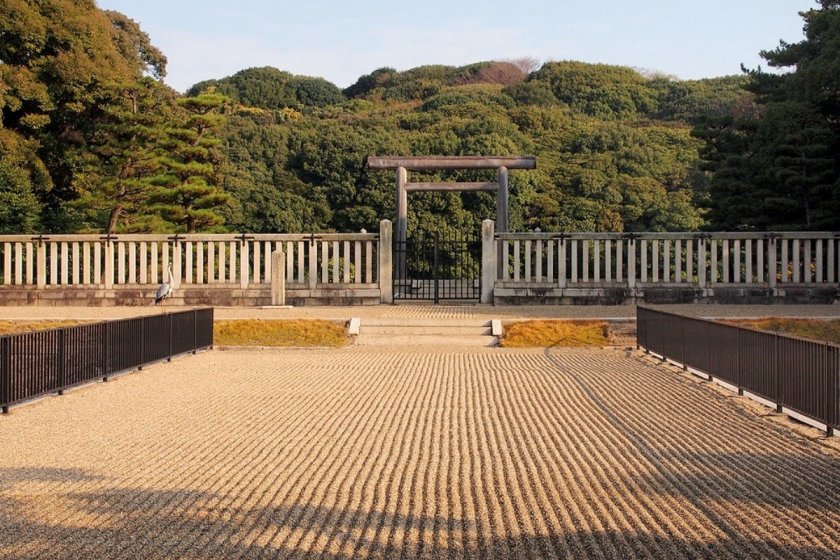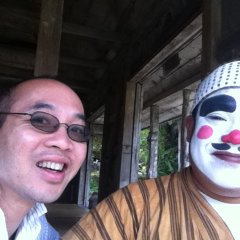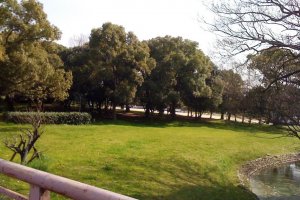The guardians of this temple to immorality have been there for a thousand years. Silent. Watching. What do they think of us now, trying to comprehend the meaning of all this? Seeing, yet not knowing. We can see their legacy, yet somehow, we can’t quite connect with them. Like the ancients entombed in the Pyramids or immortalized in the Angkor Wat, we can only scratch the surface, being in another world away from the deep unknown.
“He remembers those vanished years. As though looking through a dusty window pane. The past is something he could see, but not touch. And everything he sees is blurred and indistinct.” In this famous line from the film, In the mood for love, Tony Leung whispers his unmentionable secret to the hole in the wall in the Angkor Wat, desperately hoping to find peace and redemption.
Imagine for a moment. What if you were the last person standing, the last person breathing on this earth. Walking around Mozu Kofun, and only hearing my footsteps, I imagined the loneliness, the sheer weight of time. The Kofun has been here for a thousand years, left untouched, exposed to the elements. It is as if a whole generation had just vanished, leaving a tomb so large, you can’t imagine its shape unless you see it from the heavens. It is like they have deliberately made it so large you cannot comprehend its size and shape, a reminder that we are just a breath in the history of time. At the same time, time goes on. Part of living is accepting and letting time flow, and going with the flow to the next generation.
It is believed that Mozu Kofun was the burial place for Emperor Nintoku, who lived in the fourth century, but archeologists have found pottery from the late fifth century, adding another layer of mystery. It takes an hour to walk your way around the tomb, its perimeter being just under three kilometers. Actually, the word kilometer is a modern invention, and who knows, the ancient measure for length may yet derive another meaning that is yet to be discovered.
Even though the tomb is now dwarfed by suburbia, its height of 41 meters, compared to 5 to 10 meters of the surrounding port, could be seen by ancient seafarers coming to the capital, giving a sense of awe. While less than the Pyramids of Giza at 138m, Mozu Kofun is 486 meters wide and 840 meters in length. Today, you get a sense of its majesty walking around it, not being able to see the whole tomb at any one time. Larger than the Pyramids of Giza, it took a large team of workers to build it over 16 years. Being the largest tomb in the world, it was designated a UNESCO World Heritage site in 2019. You can learn more about the Kofun next door at the Sakai City Museum in Daisen Park, or further away at the Osaka Prefectural Chikatsu Asuka Museum
If you have already seen the top 10 sites in Osaka, and you want to see something a bit different, you can make a day trip to Mozu and then to Kishiwada. It is only 20 minutes from the buzz of downtown Namba, but be prepared to be transported to a realm lost in time.





























